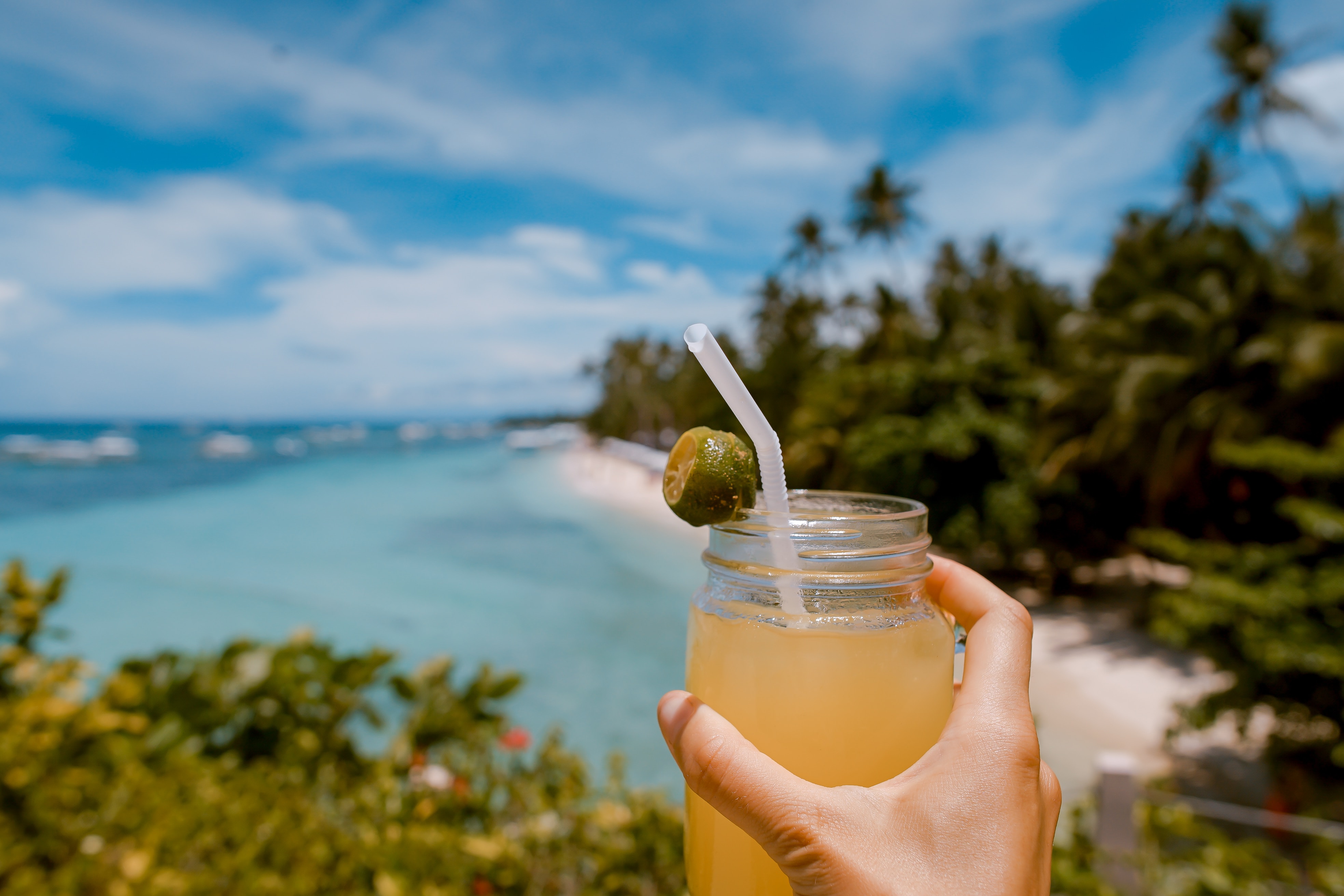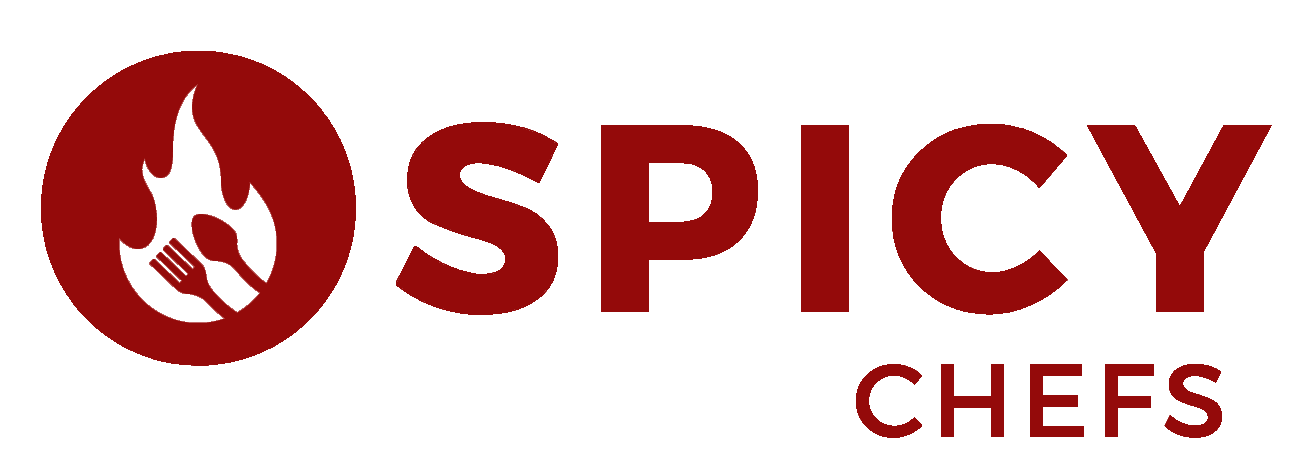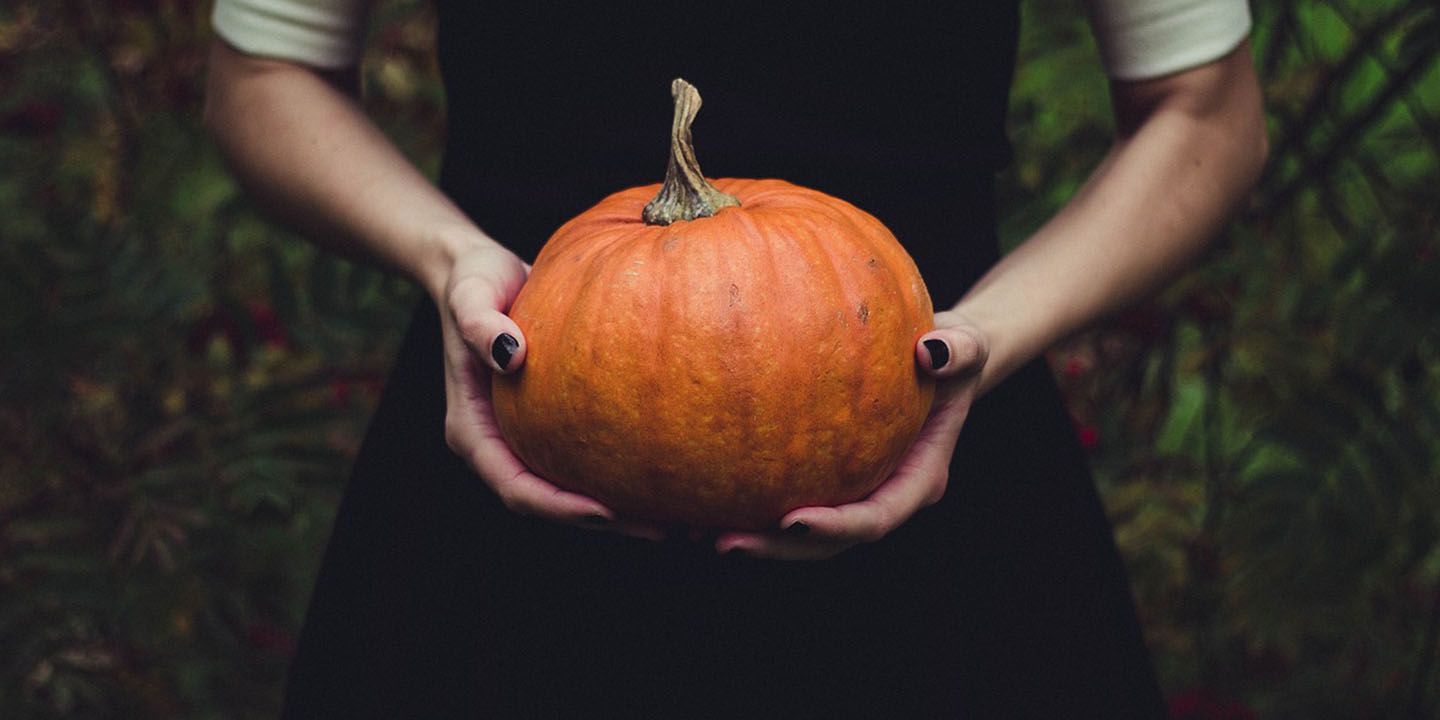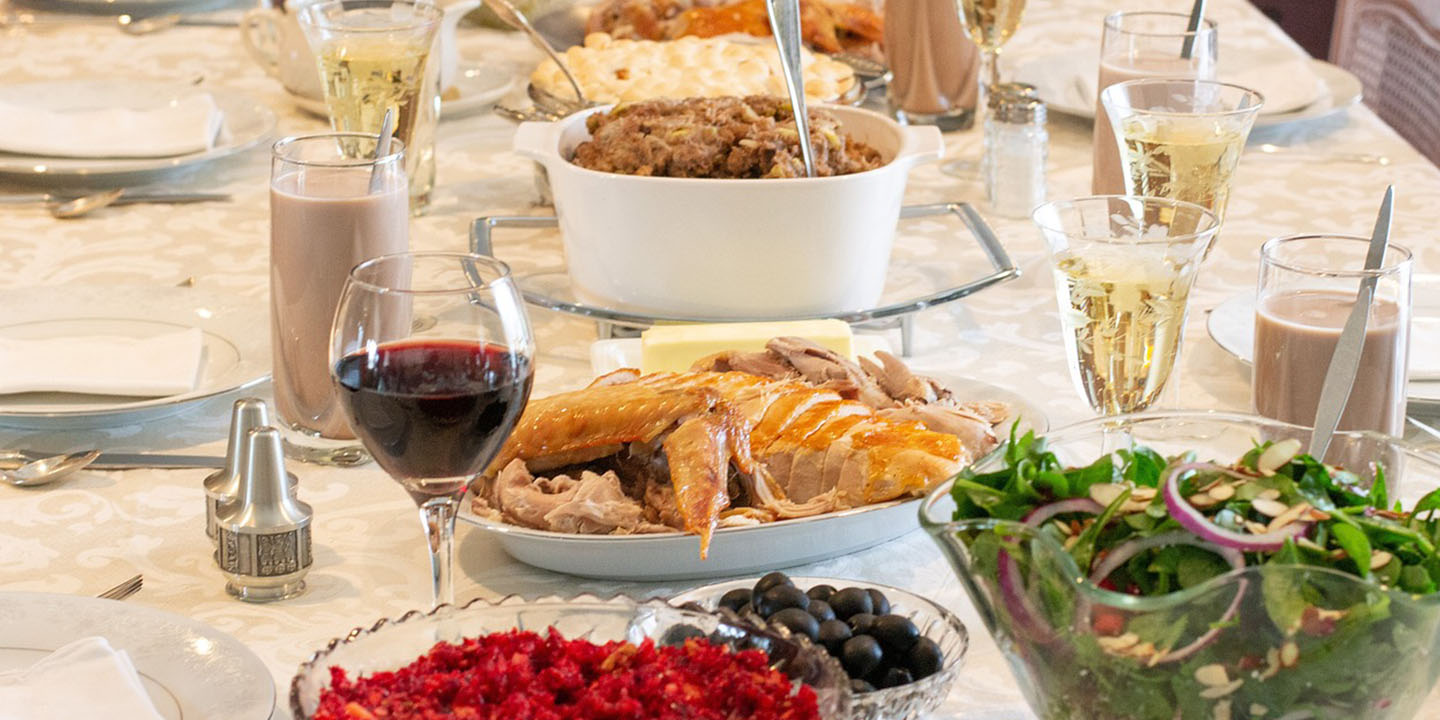Enjoy Responsibly
We love rhubarb and potatoes as much as the next person, but did you know that these popular foods have a more sinister side to them? It's not just pufferfish that's infamous for causing deaths, hidden within the leaves of some of our most familiar, well-loved foods are potentially fatal poisons. If improperly prepared or eaten, sitting down to your favorite delicacy can turn into a dangerous encounter. Here are 20 seemingly innocuous foods that, under specific circumstances, can be lethal.
1. Rhubarb
The deliciously tart and vibrant vegetable that mingles with strawberries to create the perfect summer pie has a sinister side. Rhubarb's leaves contain oxalic acid, which, in high concentrations, can cause kidney damage, seizures, and, in extreme cases, coma. The stalks are safe because they only contain trace amounts, but the leaves should never be eaten.
2. Nutmeg
Nutmeg is a flavor synonymous with Christmas cookies and holiday beverages, but it should be consumed with caution. It contains a compound called myristicin which is a hallucinogen, but not the fun kind. It can cause anxiety, headaches, seizures, heart palpitations, and even coma.
3. Pufferfish
Pufferfish is a Japanese delicacy called fugu that takes extreme care and experience to prepare correctly. It's extremely poisonous because it contains a potent neurotoxin that withstands heat and has no antidote. Fugu chefs must meticulously remove the parts of the fish that are poisonous, otherwise the results could be fatal.
4. Mushrooms
Before you join the foraging trend and set off on a frolic through the forest, remember that some mushrooms are deadly. Many of the poisonous ones are also practically indecipherable from the regular ones you cook with every day, so it takes a trained eye to pick them out.
5. Ackee Fruit
Ackee fruit is the national fruit of Jamaica. It has a creamy texture and a nutty flavor when cooked, but unripe ackee fruit, the seeds, and the red membrane all contain highly poisonous toxins that can cause vomiting, low blood sugar, seizures, and even death.
6. Sannakji
Sannakji is a Korean delicacy, but certainly not a dish for the faint of heart. It's made from live octopus that is still writhing on the plate when it's served to you. If a tentacle isn't chewed very thoroughly before swallowing, the suction cups can latch onto your throat, causing asphyxiation.
7. Hákarl
Hákarl is a traditional dish in Greenland made from fermented shark. When fresh, the shark meat is toxic, so it must be cured properly to avoid poisoning. Ingesting shark that's fresh or hasn't been cured properly can result in severe gastrointestinal problems and even death.
 Audrey from Seattle, USA on Wikimedia
Audrey from Seattle, USA on Wikimedia
8. Cassava
Cassava is a potato-like root vegetable popular in South America and Africa. It's naturally poisonous due to its cyanogenic glycoside content. To avoid ingesting the toxins, it must be peeled and thoroughly cooked.
9. Elderberries
Elderberries are tart and vibrant berries that are popular ingredients in jams, syrups, and savory dishes. However, they contain the same toxin as cassava, and uncooked elderberries should be eaten with caution, especially if they're unripe. The leaves and seeds should never be consumed.
10. Red Kidney Beans
Many different types of beans contain PHA, a protein that's toxic to humans, but red kidney beans contain the highest concentration. To avoid getting poisoned by PHA, you must soak and cook beans thoroughly.
 Volodymyr Hryshchenko on Unsplash
Volodymyr Hryshchenko on Unsplash
11. Lima Beans
Like kidney beans, lima beans contain PHA, but their main toxin is cyanogenic glycoside, the same type that's in cassava. Severe poisoning from lima bans can cause rapid breathing, convulsions, and death. Thoroughly soak and cook lima beans to remove toxins.
12. Honey
Honey is a natural sweetener touted for its antioxidant properties, but it can also be poisonous when bees collect nectar from certain plants. Fatalities from toxic honey consumption are rare but have happened.
13. Unpasteurized Milk
Unpasteurized milk is milk that hasn't undergone heat treatment designed to kill harmful bacteria. Although unpasteurized milk is often considered to have more health benefits and is more flavorful, it's also dangerous to consume because it may contain harmful pathogens like salmonella, E. coli, and other viruses.
14. Eggs
Eggs are a highly nutritious food and are generally safe to eat; however, when not handled properly they can carry salmonella and other viruses. Make sure to cook eggs thoroughly to avoid toxins.
15. Apples
Apples are the quintessential school lunch box fruit, and while they're generally safe to eat, certain parts must be avoided. The seeds contain poisonous cyanogenic glycoside that can be lethal at high doses.
16. Lychee
Lychee is a delicious tropical fruit that can be poisonous under certain circumstances. The presence of a toxin called hypoglycin A can lead to a dangerous drop in blood sugar which can cause nausea, vomiting, convulsions, and in severe cases, death. To avoid being poisoned, it's essential to eat ripe lychees in moderate quantities.
17. Potatoes
Potatoes are the most popular vegetable in the world, but they can be hazardous when not consumed properly. They contain a toxin called glycoalkaloids which can cause nausea, vomiting, drowsiness, and in extremely rare cases, death. Toxins are mostly present in the leaves, sprouts, and bruised areas.
18. Cashews
Cashews contain a poison called urushiol which can cause rashes and blisters when touched and severe stomach problems when eaten. Fortunately, all cashews sold commercially have been processed to have this toxin removed.
19. Cherries
The delicious flesh of cherries is safe to eat, but you should never swallow the pit. It contains toxic compounds that can cause headaches, dizziness, nausea, and vomiting.
 Quaritsch Photography on Unsplash
Quaritsch Photography on Unsplash
20. Brazil Nuts
Brazil nuts are a delicious and nutritious nut. However, you shouldn't get carried away snacking on them as eating too many can cause selenium overdose which can lead to tremors, kidney failure, and even heart failure.
KEEP ON READING

























